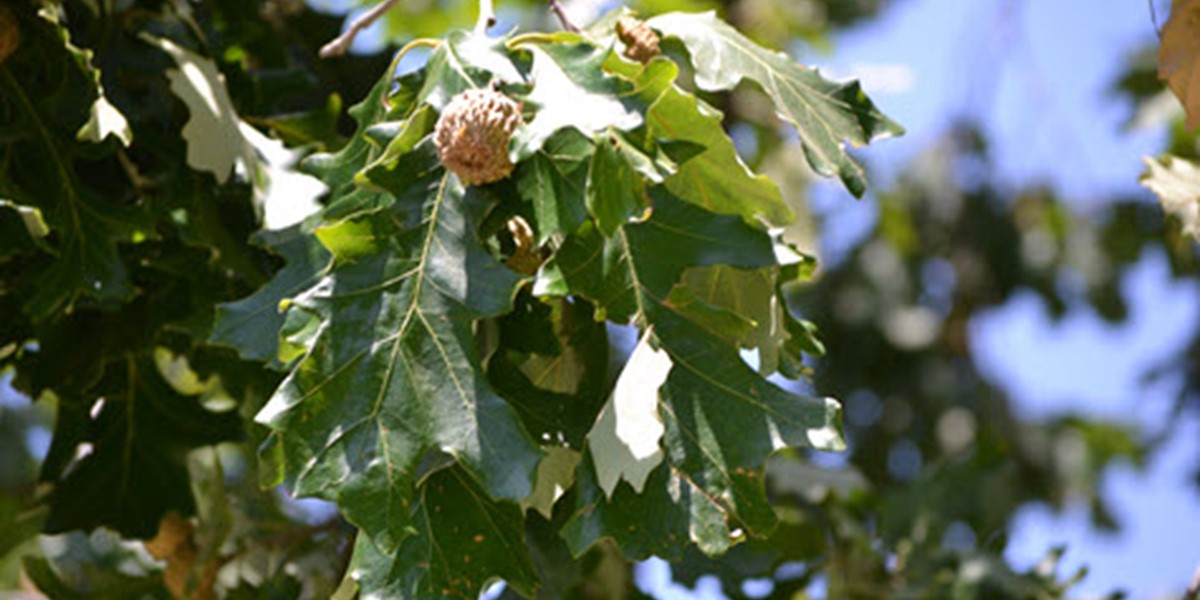

Published June 30, 2000 By KEVIN BASSETT and RUSSELL PETERS
The 1998 and 1999 summers in North Texas have been brutal on our shade trees, both native and introduced. One key impact is that we have seen established Shumard and Texas Red Oaks fail to releaf this year. Some of these trees are on irrigated sites in well cared for gardens.
It appears that high soil temperatures during the last two years have damaged the root systems of these species resulting in death or significant dieback of the tree. Many of these formed buds for this year’s growth last fall, then went into dormancy as normal, but failed to leaf out this year. We have ruled out most pathological reasons that might have caused the mortality. These are Red Oaks that have not sustained any type of root injury or change in their root environment. What is interesting about each of these particular trees is that not one was on a consistent deep root fertilization program before it died. Another key example of the potential benefits in the proactive care of trees.
Many of our customers utilize our customized blend of high quality organic fertilizer in their maintenance program. The high-pressure soil injection process aerates the soil while surrounding the main root system with our special mix. The effectiveness of the system is quite impressive, particularly when utilized in areas with distressed trees, or even worse, those damaged by construction.
The fertilizer material has a high humate content, along with a micronutrient complex and beneficial soil borne bacteria. This material does not promote excessive top growth, as many high nitrogen materials will. It does however, promote a healthy environment in and around the root zone of trees stimulating the natural biological systems. As mentioned, the application process helps aerate the root zone. This is critical in our heavy clay soils of North Texas, as tree roots are opportunistic growers in well-aerated soils. Root invigoration programs can be designed on a remedial basis if we are working with damaged trees or a maintenance basis once or twice a year.
Of course, anyone interested in more information about our deep root fertilization program can contact an arborist at our office.
